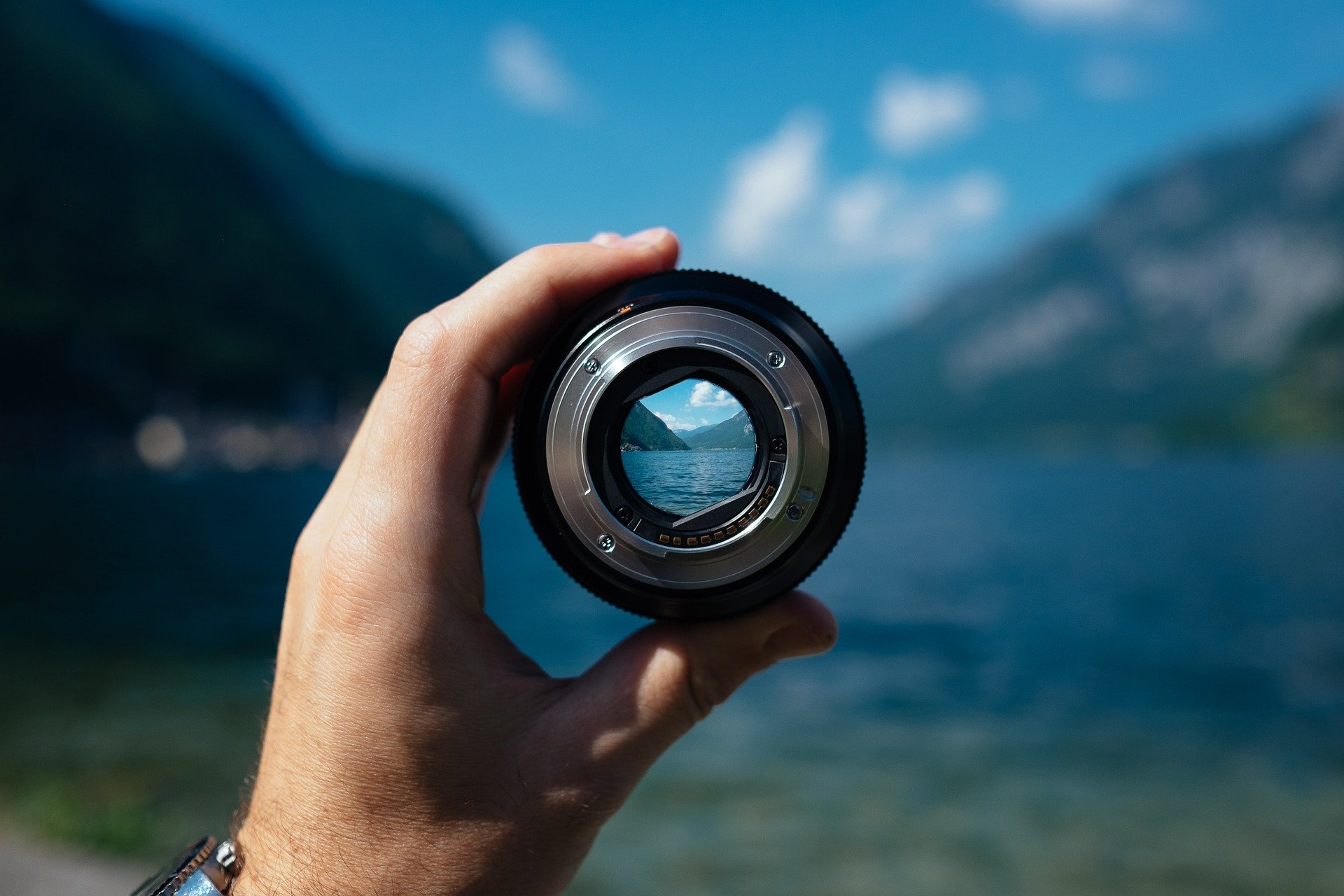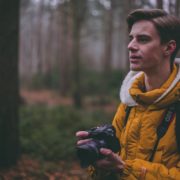Bringing the right photography gear maybe not an issue if you are pro. But it is a different case if you are new to travel photography.
However, that does not mean that you need to stuff big photography equipment in your luggage sets. What’s important is that you know what essentials to bring during your trip.
Travel Photography Essentials
To enjoy your trip and capture the moment, you must have these photography essentials:
Camera: As much as possible, we suggest that you bring a light, point-and-shoot camera. Mind you; even your smartphone would suffice if you know its camera functionality. But if you insist on bringing a DSLR, then make sure that you know how to use it properly (even in Auto mode).
Lenses: A camera lens allows you to take photos even in low light. Also, you can zoom your camera without going near the subject, there are many lenses available and best of the sharpest lens under $100 are listed here.
Tripod: If you want to take a stable shot, it is recommended to bring a tripod with you. This is also handy if you are travelling alone. Luckily, there are now foldable tripods that can fit your carry-on.
Checkout: Tripods < Photo Tripods | ASTROSHOP
Accessories: Unless you are pro, we suggest that you do not bring too many accessories other than your tripod or lens. It can be difficult to carry your bag if you have too many accessories anyway.
Recommended Travel Photography Equipments
Now that you know the basics of prepping your travel photography gear, you might be looking for some brands to check out. Here are some of our recommendations:
Circular Polarizing Lens
A circular polarizing lens (CPL) diffracts differently compared to your camera’s built-in lens. Hence, it produces a different light effect and “erases” reflections from your photo.
An example would be taking a photo of the ocean. Such an image tends to reflect the sun extremely brightly, so you will need a CPL to diffract that brightness. That way, your photo will come out vivid and vibrant instead.
Also Read: First impressions of Olympus OM-D E-M1 Mark III
With this, Breakthrough’s X4 CPL is expansive (although not by a lot). But what’s cool about this CPL is that it is sharp and does not have a visible color cast. Which means you need to spend less time when post-processing your images.
Also Checkout: 11 Travel Photography Mistakes And How To Easily Fix Them
Natural-Density Filters
A natural-density filter (ND Filter) can either reduce or modify the intensity of wavelengths or colors in your images. Hence, its color rendition remains the same.
An ND filter is ideal for bringing during a trip, especially if you are aiming for long exposures during the golden hours.
That said, we recommend the Elia Locardi Signature Edition travel kit. It contains three kinds of ND filters:
1) Firecast ND1.2 (4 stops)
2) Firecast ND3.0 (10 stops)
3) Firecast ND Soft Edge Grad 0.9
These glass kits can help enhance the quality of your travel photos.
Also Read: MIOPS Capsule360 – Versatile Motion Box for Time-lapse and Video
Camera Clip
Whether you own a full-frame DSLR, mirrorless compact camera, or a point-and-shoot, having a camera clip could come in handy. It does not only secure your camera, but it also makes carrying your accessories less daunting.
The beauty of having a camera clip is that you can carry your camera anywhere, and access it instantly when you need to capture a moment.
But if you are wondering which camera clip to get, we recommend: Peak Design CapturePRO clip.
It can hold and secure virtually any camera ? from DSLR to point-and-shoot ? by simply attaching the clip to your belt or the strap of your bag. That way, both of your hands are free to do any activity such as hiking.
Also Read: Perfect Beach Photography Spot In Malibu
The camera clip features all-aluminum construction, as well as a PROplate quick-release plate that can fit in Manfrotto RC2 or any ARCA-type tripod heads. But what’s cool about this Peak Design camera clip is that is can fit in any strap or belt that is less than 3-inch wide and 0.5-inch thick.
Also Read: Boudoir Photo Ideas: Boudoir Photoshoot Tips & Dos and Don’ts
Camera Strap
Gone are the days when you have to use a climbing rope or shoelace to carry your camera. Nowadays, you can find a camera strap that can provide versatile utility. An example of this is the “Peak Design Camera Leash”.
One of the best things about this camera strap is you can configure it into a sling, neck strap, or safety tether. That way, you can easily slip your camera to your body. You can also adjust its length using just one finger with its dual aluminum and Hypalon quick adjusters.
Made of twist-resistant nylon webbing, and much like the Peak Design CapturePRO camera clip, you can quickly detach your camera to capture the moment. Not to mention that when the camera leash is used as a cross-body strap, your camera is consistently faced forward while against your hip.
That way, you do not need to spend so much time to raise your camera to your eye and take a picture.
Check out this article written by our friend Felipe on Aurora Borealis; explaining what aurora is and how it starts on the sun with tips on how to photograph it and the best photography gear available.
Also Read:
7 tips for taking the perfect beach silhouette
Guide – How to choose the right lens for Light Painting Photography
Camera Tripod
Any stable camera tripod allows you to take selfies while showcasing your background. Plus, it ensures that your photos will not look blurry.
However, camera tripods tend to be heavy to carry. Hence, you will need something like the “Manfrotto BeFree Carbon Fiber Travel Tripod”.
The fact that it is made of carbon fibre means that it is lightweight. Moreover, it only weighs 1.1kg and stands at 40cm when closed, so it is safe to pack in your carry-on.
Imagine, a lightweight tripod with an easy-to-operate ball head… That means more freedom to take pictures!
It is common to wonder what accessories you should have once you have a DSLR camera. And with the list of camera accessories above, we hope that you can get started fulfilling your travel photography quest as soon as possible. Good luck!
Also Read:
How to take great travel photos


